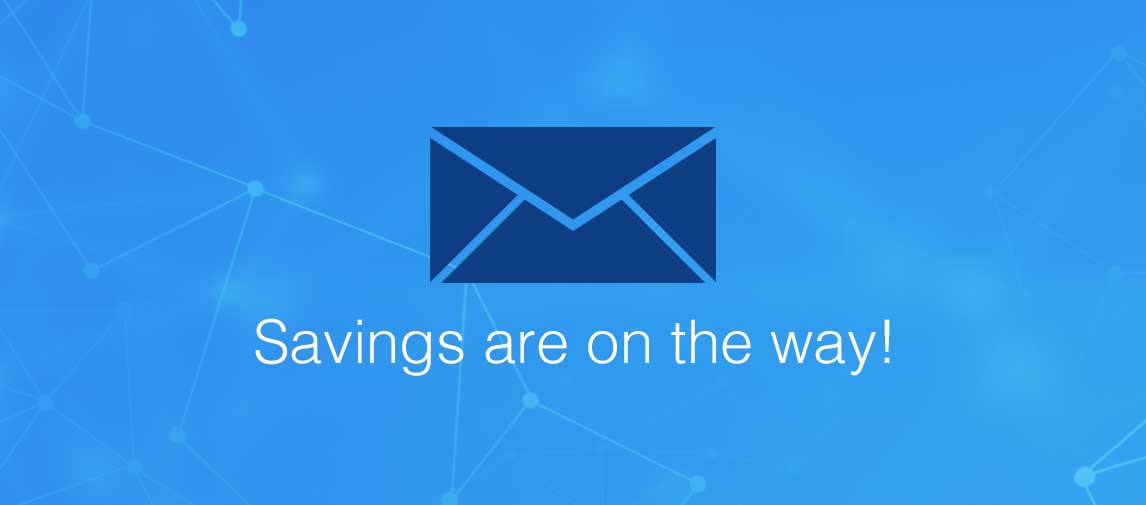title
Please take a moment to fill out this form. We will get back to you as soon as possible.
All fields marked with an asterisk (*) are mandatory.
Data Reporting Training Courses
Get ahead in your field with our Data Reporting courses. Learn the latest techniques in Statistics, Business Intelligence, Visualization, and Analytics.

Course List
-
Google Analytics™: Foundation
LO-095008
Every business and organization has a web presence. It may be a single website or multiple websites, mobile applications, . . .
- Duration: 1 Day
- Scheduled Classes : 10 Scheduled Classes
- Delivery Format: Classroom, Virtual
-
Google Analytics™: Foundation (Second Edition)
LO-095022
Every business and organization has an online presence. It may be a single website or multiple websites, mobile applications, . . .
- Duration: 1 Day
- Scheduled Classes : 9 Scheduled Classes
- Delivery Format: Classroom, Virtual
-
BCS Data Management Essentials
T7-BCSDME
Are you a data management practitioner, an IT or IS manager or a business manager? Would you like to learn the skills and . . .
- Duration: 4 Days
- Delivery Format: Classroom, Virtual
-
BCS Profesional Certificate in Data Analysis
T7-BCSDA
The BCS data analysis course consists of three key approaches to analysing and modelling data, and they’re all covered on . . .
- Duration: 2 Days
- Delivery Format: Classroom, Virtual
-
IBM Cognos Analytics: Dashboard Essentials (V11.1.x)
B6289GW
This Web-Based Training course teaches authors how to create dashboards in IBM Cognos Analytics so users can explore and . . .
- Duration: 4 Hours
- Delivery Format: Self Paced
-
IBM Cognos Analytics: Modeling with Data Modules (V11.1.x)
B6290GW
This training teaches data modelers how to model data using data modules in IBM Cognos Analytics. Users will learn how to . . .
- Duration: 6.5 Hours
- Delivery Format: Self Paced
-
IBM Cognos Framework Manager: Design Metadata Models (V10.2.2)
B5A52ALG
This four day Accelerated Learning format course, IBM Cognos Framework Manager: Design Metadata Models (V10.2.2), is designed . . .
- Duration: 4 Days
- Delivery Format: Classroom, Virtual
-
IBM Cognos Analytics: Author Reports Advanced (v11.2)
B6359G
This course teaches Professional Report Authors about advanced report building techniques using relational data models, and . . .
- Duration: 16 Hours
- Scheduled Classes : 4 Scheduled Classes
- Delivery Format: Classroom, Virtual
-
IBM Cognos Analytics: Author Reports Advanced (v11.2)
J4359GS
This course teaches Professional Report Authors about advanced report building techniques using relational data models, and . . .
- Duration: 16 Hours
- Delivery Format: Self Paced
-
IBM Cognos Analytics: Author Reports Fundamentals (v11.2)
B6358G
Students will explore IBM Cognos Analytics report authoring and different report object types (list, crosstab, chart, visualization, . . .
- Duration: 24 Hours
- Scheduled Classes : 4 Scheduled Classes
- Delivery Format: Classroom, Virtual
-
IBM Cognos Analytics: Enterprise Administration (V11.2)
B6355G
This offering covers the fundamental concepts of installing and configuring IBM Cognos Analytics, and administering servers . . .
- Duration: 16 Hours
- Scheduled Classes : 4 Scheduled Classes
- Delivery Format: Classroom, Virtual
-
IBM Cognos Analytics: Enterprise Administration (V11.2)
J4355GS
This offering covers the fundamental concepts of installing and configuring IBM Cognos Analytics, and administering servers . . .
- Duration: 16 Hours
- Delivery Format: Self Paced
-
Overview of IBM Cognos Analytics (v11.2)
B6308G
This course provides participants with a high-level overview of the IBM Cognos Analytics suite of products and their underlying . . .
- Duration: 8 Hours
- Scheduled Classes : 5 Scheduled Classes
- Delivery Format: Classroom, Virtual
-
Overview of IBM Cognos Analytics (V11.2)
J4308GS
This course provides participants with a high level overview of the IBM Cognos Analytics suite of products and their underlying . . .
- Duration: 8 Hours
- Delivery Format: Self Paced
-
Overview of IBM Cognos Analytics Dashboards (v11.2)
B6370G
This course provides participants with a high-level overview of the IBM Cognos Analytics Dashboard tool and its underlying . . .
- Duration: 8 Hours
- Scheduled Classes : 6 Scheduled Classes
- Delivery Format: Classroom, Virtual
-
IBM Planning Analytics: Administer the Technical Environment - Local
K05003GW
This course provides Administrators with guidance on installing and administering the IBM Planning Analytics - Local environment. . . .
- Duration: 8 Hours
- Delivery Format: Self Paced
-
IBM SPSS Statistics Essentials (V26)
0G53BG
This course guides students through the fundamentals of using IBM SPSS Statistics for typical data analysis. Students will . . .
- Duration: 16 Hours
- Scheduled Classes : 5 Scheduled Classes
- Delivery Format: Classroom, Virtual
-
IBM SPSS Statistics Essentials (V26)
0K53BGS
This course guides students through the fundamentals of using IBM SPSS Statistics for typical data analysis. Students . . .
- Duration: 16 Hours
- Delivery Format: Self Paced
-
Statistical Analysis Using IBM SPSS Statistics (V26)
0G51BG
This course provides an application-oriented introduction to the statistical component of IBM SPSS Statistics. Students will . . .
- Duration: 16 Hours
- Scheduled Classes : 5 Scheduled Classes
- Delivery Format: Classroom, Virtual
-
Statistical Analysis Using IBM SPSS Statistics (V26)
0K51BGS
Contains: PDF course guide, as well as a lab environment where students can work through demonstrations and exercises at . . .
- Duration: 16 Hours
- Delivery Format: Self Paced
-
We're sorry there are no current courses meeting your filters, but please contact a training advisor who can suggest alternatives aligned with your goals and interests.
Get Personalized Training Solutions
Need a personalized solution for your Training? Contact us, and our training advisors will guide you.
Need Help? We're Here!
Have questions about courses, instruction, materials covered, or finding the right fit? We're here to help!
Need more Information?
Speak with our training specialists to continue your learning journey.
Talk to our team






